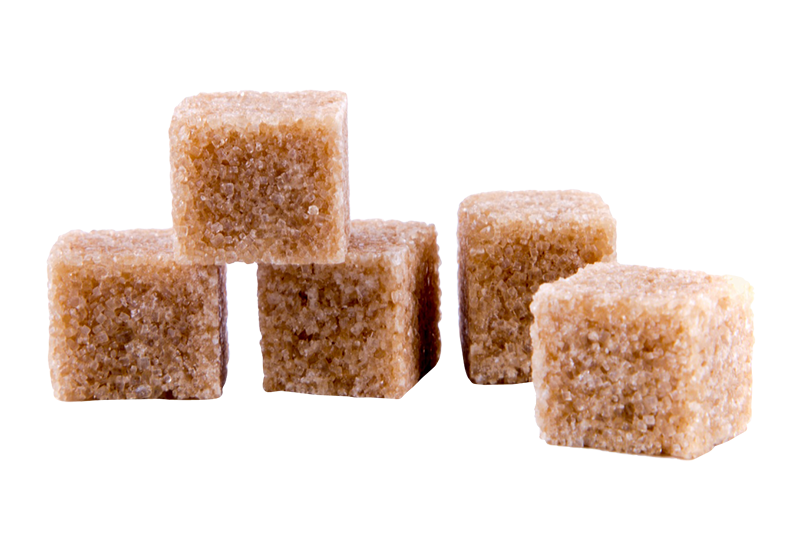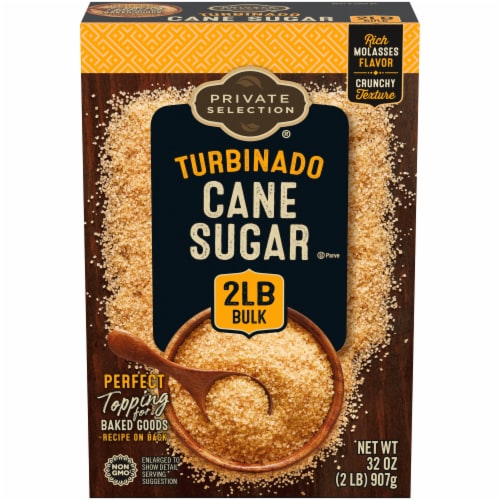Efficient Cane Sugar Processing: Making Best Use Of Yield and Pureness
Efficient Cane Sugar Processing: Making Best Use Of Yield and Pureness
Blog Article
An In-Depth Overview to the Environmental Impact and Sustainability Practices in Cane Sugar Processing
The environmental influence of cane sugar processing provides a complicated range of difficulties that warrant cautious evaluation. From soil degradation and too much water use to the carbon impact linked with growing and production, the effects of standard practices are far-ranging. What certain practices can be applied to strike an equilibrium between efficiency and environmental stewardship?
Overview of Walking Cane Sugar Processing
Walking cane sugar processing involves a collection of systematic actions that change sugarcane into refined sugar. At first, harvested sugarcane is delivered to processing facilities, where it undergoes cleaning to eliminate dirt and debris. Following this, the walking cane is crushed to draw out juice, which is then made clear by eliminating contaminations through home heating and the enhancement of lime.
The cleared up juice undergoes dissipation, where water is removed to focus the sugar content. This focused syrup is then taken shape through air conditioning, allowing sugar crystals to create. These crystals are separated from the continuing to be syrup utilizing centrifugation, leading to raw sugar. To achieve polished sugar, the raw product undertakes additional purification processes, which might include filtering and washing to remove staying pollutants and color.
The last item is then dried and packaged for distribution. Throughout this whole procedure, keeping performance and quality control is necessary to make sure the sugar fulfills industry criteria. Each action in cane sugar processing not only contributes to the end product yet additionally has implications for resource usage and waste generation, establishing the phase for conversations on sustainability and environmental impacts connected with sugar manufacturing.
Ecological Obstacles of Production
The manufacturing of walking stick sugar provides numerous significant environmental difficulties that warrant focus. One key concern is the substantial usage of agrochemicals, including plant foods and chemicals, which can cause soil degradation, biodiversity loss, and contamination of regional water sources. The overflow from sugarcane fields often carries these chemicals into neighboring communities, disrupting aquatic life and influencing the wellness of areas reliant on these water bodies.
An additional obstacle is the high energy consumption linked with sugarcane handling. The boiling and refining stages need substantial heat, primarily created by shedding nonrenewable fuel sources, adding to greenhouse gas discharges. Additionally, the expansive land area needed for sugarcane farming can cause deforestation and habitat devastation, additional exacerbating environment modification and threatening wild animals.
Furthermore, the labor practices in some regions increase ethical problems, as employees might deal with poor working problems and inadequate wages. This scenario commonly continues a cycle of destitution in regional communities. Cane Sugar Processing. Attending to these environmental obstacles is crucial for establishing more sustainable techniques in cane sugar manufacturing, inevitably benefiting both the setting and the neighborhoods entailed in this industry
Water and Land Usage Influence
Water resources and land use are crucial parts in the cane sugar market that substantially influence the environment. The growing of sugarcane calls for substantial water input, with quotes recommending that it can consume as much as the original source 2,000 litres of water per kilo of sugar generated. This extensive use water commonly causes deficiency of local water resources, impacting not just the sugarcane haciendas but additionally surrounding communities and neighborhoods that rely upon the same water sources for agriculture and residential usage.

Moreover, land use for sugarcane farming can result in logging and the conversion of natural environments right into monoculture ranches. This technique decreases biodiversity, interferes with neighborhood communities, and adds to soil deterioration. The development of sugarcane fields usually trespasses on beneficial agricultural land, producing competitors for resources in between food and biofuel manufacturing.
Sustainable methods, such as maximizing irrigation methods and carrying out plant rotation, are necessary to mitigate these impacts. By embracing more efficient water usage and land administration methods, the walking stick sugar industry can reduce its environmental footprint, making certain an equilibrium in between farming performance and ecological conservation.
Greenhouse Gas Emissions
Greenhouse gas exhausts stand for a significant environmental worry within the walking cane sugar processing industry, especially as agricultural methods broaden to satisfy worldwide need. The farming of sugarcane, a plant that prospers in exotic climates, relies heavily on synthetic fertilizers and pesticides, which contribute to nitrous oxide discharges. Additionally, land-use modifications, including deforestation for new sugarcane plantations, release carbon dioxide stored in vegetation and soil.
Throughout processing, energy intake is an additional significant news source of greenhouse gas discharges - Cane Sugar Processing. Many sugar mills make use of nonrenewable fuel sources to power equipment and generate heat, causing significant carbon footprints. Furthermore, the transport of raw sugarcane and completed products adds layers of exhausts with fuel burning in automobiles
This includes reviewing present farming practices, processing methods, and transportation systems to recognize areas for enhancement and reduction. Addressing greenhouse gas discharges is essential for promoting an extra sustainable walking stick sugar sector in a changing environment.

Lasting Practices and Innovations
Lasting methods and innovations are increasingly essential in the walking cane sugar handling market as stakeholders seek to lower environmental impacts while keeping productivity. One substantial development is the implementation of incorporated crop monitoring, which optimizes source use by incorporating soil monitoring, insect control, and plant rotation strategies. This method boosts yield while decreasing chemical inputs and protecting dirt health.
In addition, the adoption of renewable resource resources, such as biomass from sugarcane deposits, has obtained traction - Cane Sugar Processing. By transforming waste products right into power, processing centers can reduce their reliance on nonrenewable fuel sources, thereby reducing greenhouse gas exhausts
Water management methods have actually additionally seen enhancements via the recycling and reusing of water in handling plants, substantially lowering freshwater consumption. Advancements in modern technology, such as precision farming, make it possible for farmers to monitor crop wellness and resource usage a lot more properly, guaranteeing lasting cultivation practices.
Additionally, accreditation programs like Fair Profession and Rain forest Partnership encourage environmentally accountable farming techniques and advertise social equity within the supply chain. By embracing these sustainable practices and developments, the walking stick sugar processing sector can enhance its resilience and contribute positively to environmental stewardship.
Final Thought
The ecological effect of walking stick sugar handling offers substantial challenges, consisting of soil destruction, high water intake, and greenhouse gas emissions, alongside ethical concerns related to labor practices. Addressing these concerns via lasting methods, such as incorporated crop management, renewable resource adoption, and water recycling, is essential. By advertising environmentally liable and socially equitable methods in sugar manufacturing, the market can minimize its damaging results, ensuring an extra lasting future for both communities and environments associated with this industry.
Walking cane sugar processing includes a series of organized actions that transform sugarcane into refined sugar. Each action in walking cane sugar handling not just contributes to the last product yet also has effects for go to this website resource use and waste generation, establishing the stage for conversations on sustainability and environmental influences connected with sugar manufacturing.
Greenhouse gas discharges stand for a considerable environmental worry within the cane sugar handling industry, especially as agricultural methods expand to fulfill global need.Sustainable methods and innovations are significantly essential in the walking cane sugar processing market as stakeholders look for to decrease ecological impacts while preserving performance.The environmental effect of walking cane sugar processing provides substantial challenges, including dirt destruction, high water consumption, and greenhouse gas discharges, along with ethical issues connected to labor practices.
Report this page